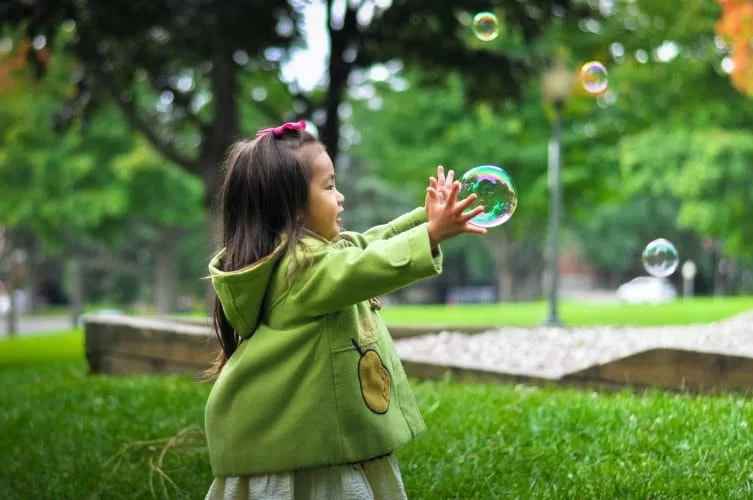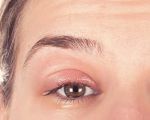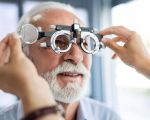
- #how-to-improve-visual-tracking-skills-in-children-with-attention-difficulties-and-therapy—why-it-matters
- #understanding-visual-tracking-and-its-role-in-attention-and-learning
- #common-challenges-in-children-with-attention-difficulties
- #therapy-approaches-to-strengthen-visual-tracking-skills
- #home-based-activities-and-exercises—that-support-therapy
- #real-life-story—progress-through-consistent-visual-tracking-work
- #when-to-seek-professional-help-and-ongoing-support
- #next-steps-with-eye-docs—for-personalized-vision-therapy
How to Improve Visual Tracking Skills in Children with Attention Difficulties and Therapy
Visual tracking—the ability to follow moving objects smoothly with the eyes—is essential for reading, writing, and processing visual information. For children with attention difficulties, weaknesses in visual tracking can compound focus challenges, leading to frustration in school and at home. Addressing these skills through targeted therapy and practical strategies can help children engage more fully with their environment and learning tasks.
1) Understanding visual tracking and its role in attention and learning
Strong visual tracking skills allow a child to keep their eyes on a moving ball, follow a line of text without losing place, or scan a classroom board efficiently. When these skills lag, children may skip words while reading, struggle with handwriting spacing, or have difficulty copying from the board—tasks that demand both visual precision and sustained attention.
2) Common challenges in children with attention difficulties
Children with ADHD or similar attention-related conditions may tire quickly during visual tasks or find it hard to maintain eye focus on a target. Distractibility can interrupt smooth eye movements, and weak tracking can make academic tasks more mentally draining. Recognizing these signs is the first step toward support.
3) Therapy approaches to strengthen visual tracking skills
Vision therapy, often guided by optometrists specializing in developmental vision, can include exercises like saccadic training (quick eye jumps between targets), smooth pursuit tasks (following a moving object), and tracking games that blend movement with attention. These sessions are structured to gradually increase difficulty, improving endurance and accuracy over time.
4) Home-based activities and exercises that support therapy
Parents can reinforce therapy gains with playful activities such as flashlight tag (following a beam across the wall), balloon volleyball (tracking an unpredictable moving object), and reading with a finger or bookmark to guide the eyes. Digital tools and apps designed for visual tracking can also keep practice engaging while supporting skill transfer to daily tasks.
5) Real-life story: progress through consistent visual tracking work
Eight-year-old “Maya” struggled with reading fluency and often lost her place mid-sentence. After a developmental optometrist identified visual tracking weaknesses, she began weekly therapy combined with 10 minutes of home exercises each day. Within three months, her reading speed improved, and she reported less eye strain—boosting both her confidence and classroom participation.
6) When to seek professional help and ongoing support
If a child frequently loses their place while reading, avoids eye-intensive tasks, or struggles with ball games, a professional vision assessment is warranted. Early intervention can prevent long-term academic frustration and help integrate visual skills into broader attention strategies.
7) Next steps with Eye Docs for personalized vision therapy
Eye Docs offers comprehensive assessments and therapy programs tailored to children with attention difficulties. By combining in-office treatments, guided home practice, and ongoing progress monitoring, we help children build the visual tracking skills that support academic success, sports performance, and daily life.








